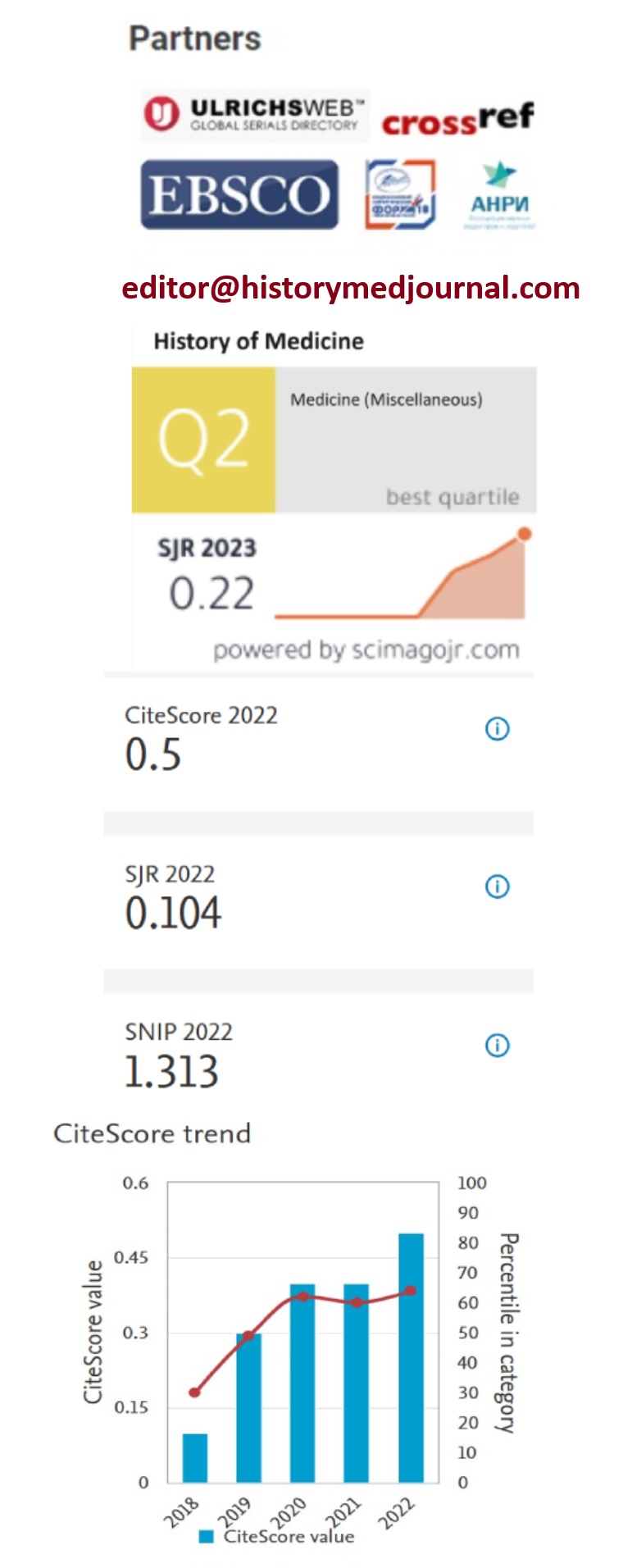-
Comparison of Efficacies of Sofosbuvir/Daclatasvir with Sofosbuvir/Ribavirin for Hepatitis C Virus Genotype 3 Treatment in a Tertiary Care Center in Karachi
Volume -10 | Issue -2
-
BIOCHEMICAL PROFILING AND MOLECULAR CHARACTERIZATION OF BETA GLOBIN GENE OF BETA THALASSEMIA MAJOR PATIENTS IN PUNJAB, PAKISTAN
Volume -10 | Issue -2
-
Fear of Negative Evaluation and Procrastination: Exploring the Mediating Role of Self-Efficacy and Self-Esteem in University Students
Volume -10 | Issue -2
-
BIOCHEMICAL PROFILING AND MOLECULAR CHARACTERIZATION OF BETA GLOBIN GENE OF BETA THALASSEMIA MAJOR PATIENTS IN PUNJAB, PAKISTAN
Volume -10 | Issue -2
-
Fear of Negative Evaluation and Procrastination: Exploring the Mediating Role of Self-Efficacy and Self-Esteem in University Students
Volume -10 | Issue -2
Role of Amyloid A in atherosclerosis risk prediction
Main Article Content
Abstract
Background The study attempts to find a predictive and diagnostic method for atherosclerosis through its relationship with atherosclerosis and general inflammation Aim Determine the serum amyloid A and highly sensitive c- reactive protein(CRP) level in early diagnostic parameters of acute phase reactant protein of patients with a low level of ionizedCawho represent the category at risk of atherosclerosis. Subjects, Material and Method The patients were divided into two groups according to the level ofionizedCa more than 4 (mg/dl)and less than 4(mg/dl), their ages ranged between (50-60 years), and tested them for serum ox-LDL,troponin, amyloid A and CRP. Results It can notice a significant (p ≤ 0.05) increase inacute phase proteins serum CRP Mean ± SD (200 ± 20.28) (mg/L), and amyloid A (2.8 ± 7.88) (mg/L) before the rise in serum troponin (97.19 ± 9.9) (ng /L), which was found to be nonsignificant (p > 0.05) at this stage, with a decrease in the level of Ca-ionized less than 4 (mg/dl). Conclusion It can be considered serum amyloid A as well asc- reactive protein (CRP) a diagnostic biomarker for the future of atherosclerosis events assuming that atherosclerosis risk is associated with low serum ionizedCalevel.

